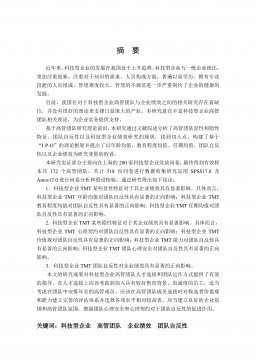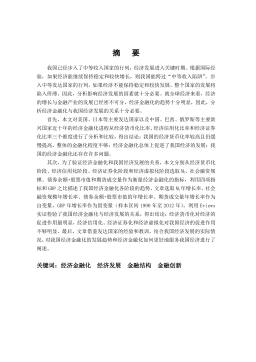我国非政府组织运营评价模型研究
摘要随着政府职能的逐步转变和社会主义市场经济体制的逐渐成熟与完善,我国非政府组织正处于蓬勃发展阶段,并发挥着越来越重要的作用。非政府组织填补了政府和市场失灵的空白区域、缓解了社会服务的供需矛盾、承担了政府转移出来的社会职能。它的健康发展是建立和谐社会的前提和基础。然而在非政府组织迅猛发展的同时,其运营状况却并不乐观。非政府组织的运营评价已成为一个值得关注和探讨的课题。一直以来,我国在非政府组织运营评价方面的研究还比较少,研究成果也并不深入。在此背景下,本文尝试从非政府组织运营评价指标体系设计和非政府组织运营模型研究两方面入手对非政府组织的运营进行比较深入的探讨。本研究基于国内外相关研究项目和非...
相关推荐
-
公务员思想政治教育研究VIP免费
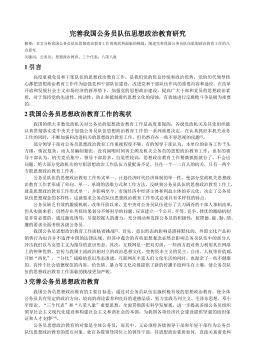
 2024-10-15 30
2024-10-15 30 -
在线社会网络中用户行为的实证分析与机制建模研究VIP免费
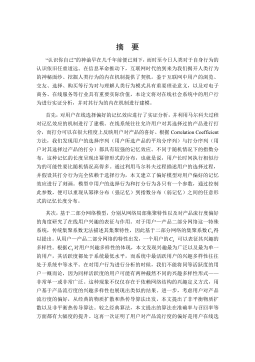
 2025-01-09 6
2025-01-09 6 -
智能优化方法对神经网络的改进及应用研究VIP免费
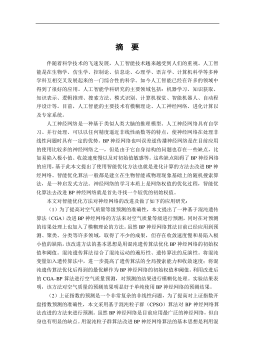
 2025-01-09 6
2025-01-09 6 -
鲜切哈密瓜保鲜技术研究VIP免费
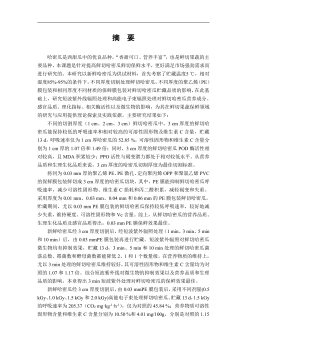
 2025-01-09 8
2025-01-09 8 -
小城镇道路网级配方法及应用研究VIP免费
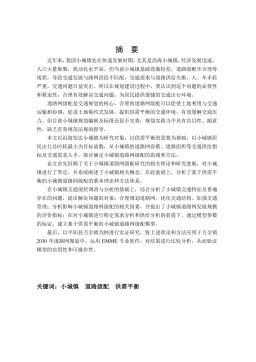
 2025-01-09 6
2025-01-09 6 -
医学信息集成测试系统的研究与实现VIP免费
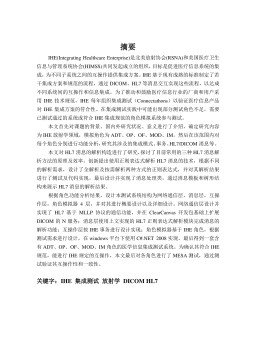
 2025-01-09 7
2025-01-09 7 -
余热驱动氨水吸收式制冷系统的理论及实验研究VIP免费
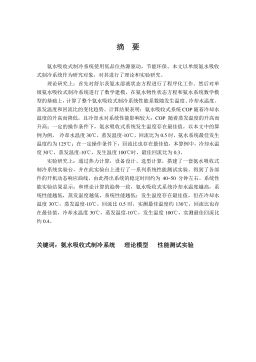
 2025-01-09 7
2025-01-09 7 -
喷雾降温技术适用性及热环境研究VIP免费
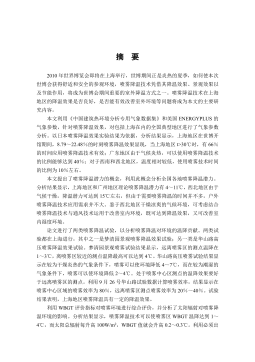
 2025-01-09 9
2025-01-09 9 -
收缩—扩张喷嘴的气泡雾化数值模拟VIP免费
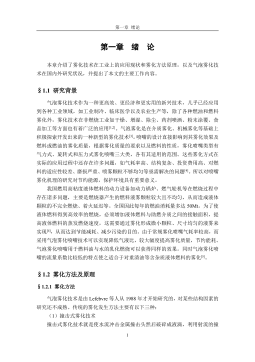
 2025-01-09 9
2025-01-09 9 -
支持供应链的工作流系统结构及其计划与调度的研究与应用VIP免费
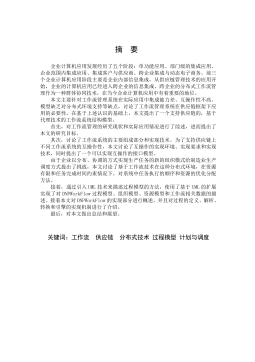
 2025-01-09 11
2025-01-09 11
作者详情
相关内容
-

医学信息集成测试系统的研究与实现
分类:高等教育资料
时间:2025-01-09
标签:无
格式:PDF
价格:15 积分
-

余热驱动氨水吸收式制冷系统的理论及实验研究
分类:高等教育资料
时间:2025-01-09
标签:无
格式:PDF
价格:15 积分
-

喷雾降温技术适用性及热环境研究
分类:高等教育资料
时间:2025-01-09
标签:无
格式:PDF
价格:15 积分
-

收缩—扩张喷嘴的气泡雾化数值模拟
分类:高等教育资料
时间:2025-01-09
标签:无
格式:PDF
价格:15 积分
-

支持供应链的工作流系统结构及其计划与调度的研究与应用
分类:高等教育资料
时间:2025-01-09
标签:无
格式:PDF
价格:15 积分


